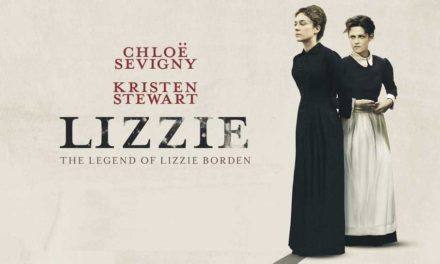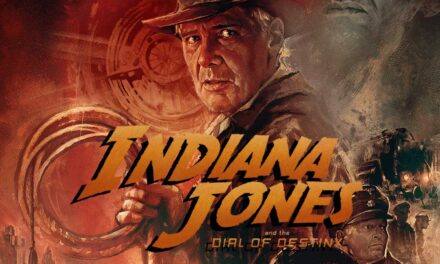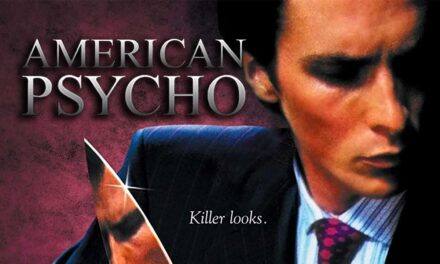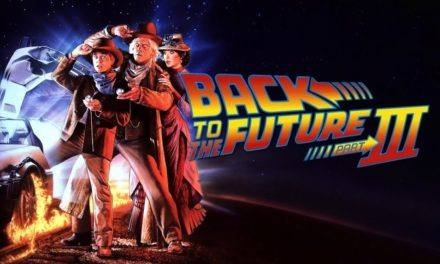Following the release of Dr. Strangelove, Stanley Kubrick decided to make what he called “the proverbial good science fiction movie”. With some exception, most sci-fi films of the previous decades were schlocky B-movies known for goofy effects and nonsensical stories. Kubrick teamed with acclaimed sci-fi writer Arthur C. Clarke to create something that offered a more realistic depiction of space. To help realize his vision, Kubrick hired the crew of the 1960 animated short film Universe due to its realism. Various people at NASA were hired as consultants, and even astronomer Carl Sagan was involved in helping Kubrick and Clarke. While Clarke wanted more explanations added, Kubrick made the conscious effort for the film to be as nonverbal as possible. Kubrick worked tirelessly on what would become the biggest and most ambitious film of his career at the time. Finally, in 1968, 2001: A Space Odyssey was released.
%
Rating
Synopsis
At the Dawn of Man, a group of neanderthals discovers a strange monolith, granting them intelligence to create and destroy. Millions of years later, Dr. Heywood Floyd (William Sylvester) leads a group of astronauts to investigate a monolith near Tycho. 18 months later, the group of astronauts has gone silent, and the crew of Discovery One is bound for Jupiter. Aboard the Discovery One are mission pilots and scientists Dr. David Bowman (Keir Dullea) and Dr. Frank Poole (Gary Lockwood). The ship is monitored and controlled by the onboard computer HAL 9000 (Douglas Rain), who has advanced intelligence and emotions. However, Bowman and Poole doubt HAL’s efficiency and contemplate shutting HAL down, prompting the computer to turn on the crew. After HAL disconnects Poole’s oxygen and leaves him floating in space, Bowman struggles to shut down HAL for his survival. But soon, Bowman learns more than he ever anticipated.
Review
2001: A Space Odyssey is a film that has been analyzed and dissected so many times since its 1968 release. So much has been said of Kubrick’s ambitious sci-fi epic that I don’t know what new insight I could offer. All I can offer is my own perspective on the film, and it deserves its place as a cinematic masterpiece. Given when the film was made, its visual effects are nothing short of impressive and groundbreaking compared to earlier films. The various ship models are all intricately detailed and look like something that could possibly exist in real life. Not only that but the optical effects used towards the last act of the film are spectacular and otherworldly. The production design has that “retro-future” aesthetic that you would later see in movies like Star Wars and Alien. Thankfully, this helps the film feel more timeless than necessarily dated.
Performance-wise, everyone does a good job, particularly Keir Dullea as the lead pilot/scientist we follow through much of it. Of course, the real star of the film is HAL 9000, brought to life beautifully thanks to Douglas Rain. He’s at times cold and calculating, but also strangely empathetic and endearing, almost feeling more human than the actual humans. In my review of Tenet, I complained that the film never really explains much of anything and gets quite confusing. While this film also doesn’t offer many explanations, it adds to its mysterious nature and is handled much better. 2001 offers a type of visual storytelling not seen at the time or even nowadays, which can frustrate certain audiences. If you’re willing to go for the ride and let it just flow, you’ll come away with a unique experience. Overall, 2001: A Space Odyssey is a masterclass in filmmaking.
Buy 2001: A Space Odyssey from Amazon: https://amzn.to/35Q05Ql




